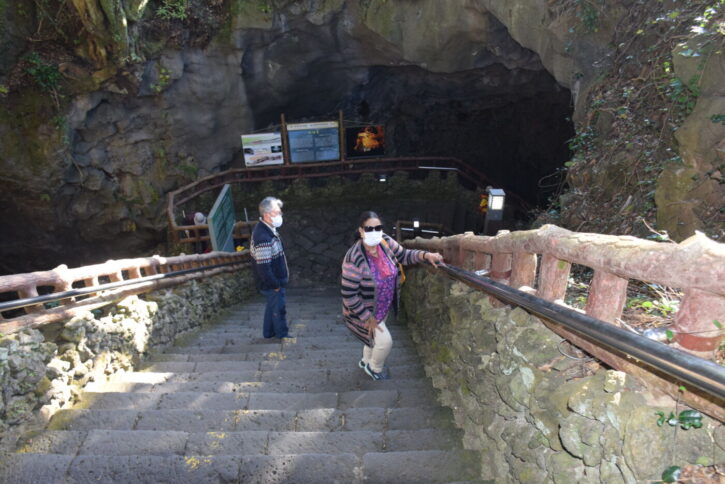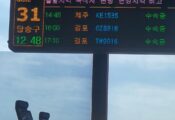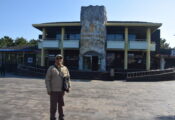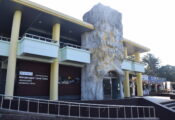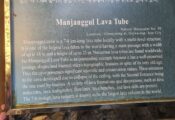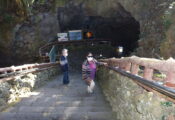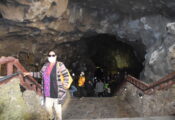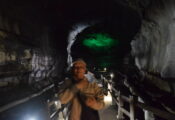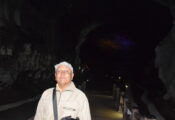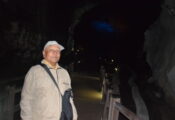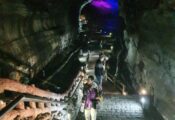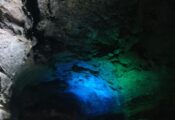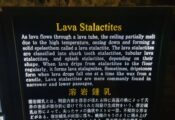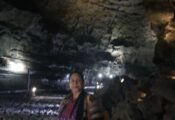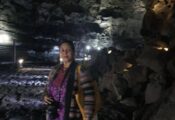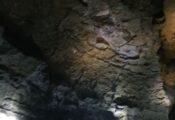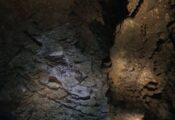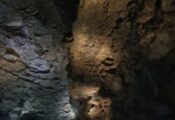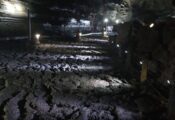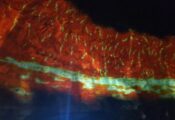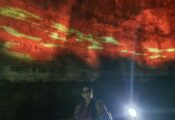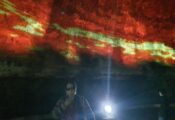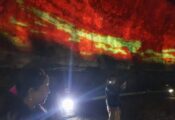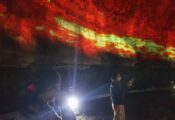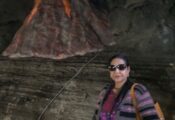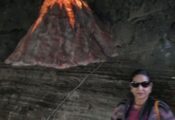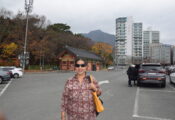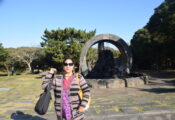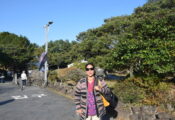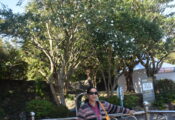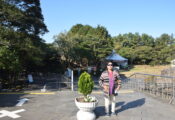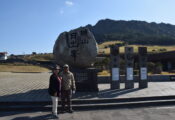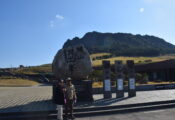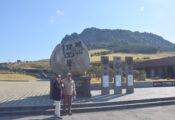Jeju Island Jejudo (also known as Jeju Island) is a volcanic island. With a surface area of 1,846 sqkm it is the largest island 130 km off the coast of the Korean Peninsula, and the main island of Jeju Province of South Korea. The island lies in the Korea Strait, southwest of South Jeolla Province. The island contains the natural World Heritage Site Jeju Volcanic Island and Lava Tubes. A central feature of Jeju is Hallasan, the tallest mountain in South Korea and a dormant volcano, which rises 1,950 m above sea level. 360 satellite volcanoes are around the main volcano. This island was created entirely from volcanic eruptions approximately 2 million years ago, during the time period extending from the Tertiary to the beginning of the Quaternary period, and consists chiefly of basalt and lava. The eruptions took place in the Cenozoic era. It has a humid subtropical climate, warmer than that of the rest of Korea, with four distinct weather seasons. Winters are cool and dry while summers are hot, humid, and sometimes rainy. Manjangul Lava Cave The total length of Manjanggul Lava Tube is about 7.4km. It is a lava tube that is partially multilayered. The main tunnel’s width is 18m and its height is 23m. It is one of the largest lava tubes in the world. There are many lava tubes in the world, but Manjanggul Lava Tube has a significant meaning in that it was formed thousands of years ago, and it is very well preserved. Therefore, it is very valuable to researchers and scientists. Due to the sinking of the ceiling, there are 3 entrances. The one that tourists can use is the second entrance and they are only allowed to go as far as 1km into it. There are various cave formations in Lava Tunnel in Manjanggul Lava Tube, such as stalactites, stalagmites, flowstones, lava tubes, lava shelves, and lava rafts. In particular, the lava column that is located at the end of the tourist area is about 7.6m high and is known as the highest lava column in the world.
